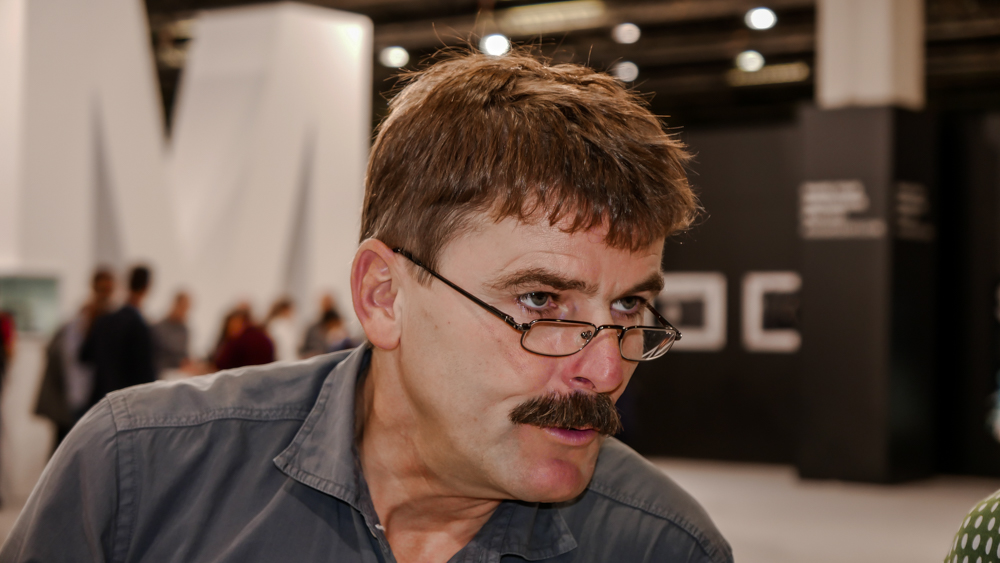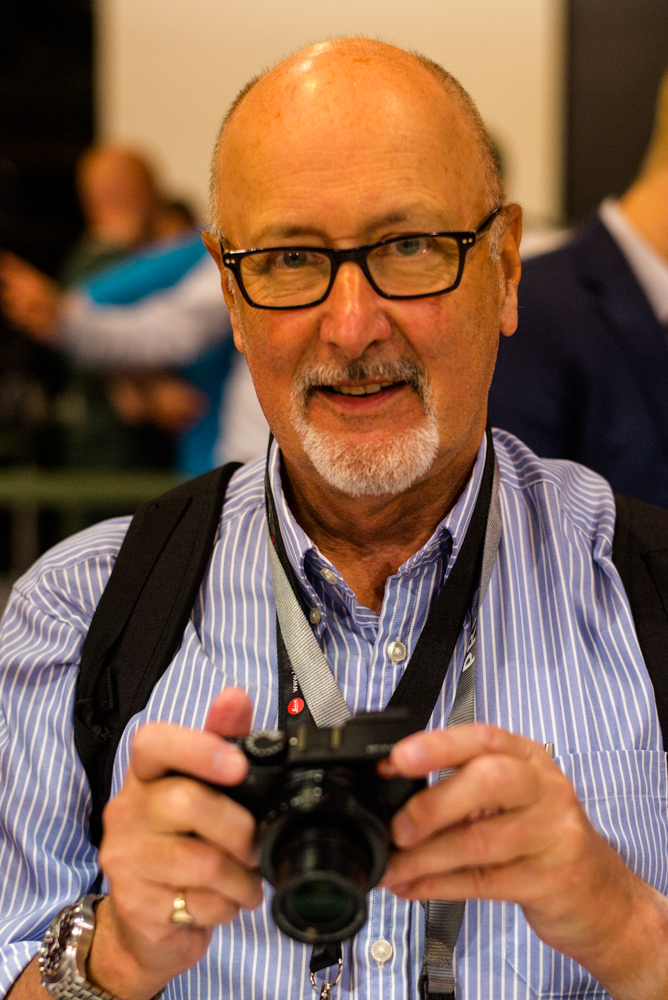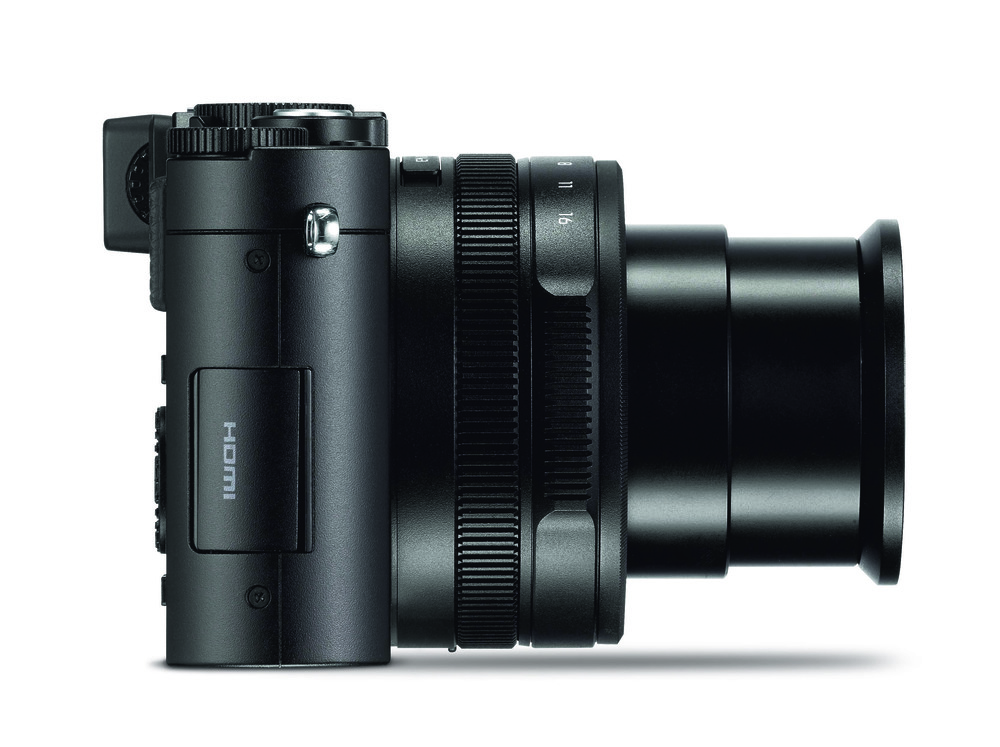The new D-Lux replaces the much-loved D-Lux 6. I know many photographers who swear by the D-Lux and I have seen some incredible results despite the small 2/3 sensor. Much of the success of the 6 was down to the Leica Vario Summilux zoom lens which is generally accepted to be the best lens on any compact. There is no arguing, however, that the tiny 2/3 sensor was becoming something of a liability, especially with the emergence of excellent larger-sensor compacts such as the Sony RX100.

Leica has now leapfrogged the opposition by shoehorning a (relatively) massive 4/3 sensor into the new D-Lux. I sense a winner. On paper, this little camera can wipe the floor with the current king of compacts, the RX100, but we shall have to wait to see what the test results say. As a package, I greatly prefer it to the Sony, but that’s just my opinion.
Certainly it has all the makings of a success. To feed the new large sensor is a fast new Leica Vario-Summilux f/1.7-2.8 which reaches from a wide 24mm to 75mm (35mm equivalent). While it would have been nice to see a longer 90mm at one end of the zoom, the wide 24mm is certainly a big advantage in general use.
The new camera also addresses some of the criticisms of the its predessor. Perhaps the most requested feature was a built-in rangefinder. Now we have it, and it’s a gem with an impressive 2.8 micro dots. All this comes in a package no larger than the previous model and all the familiar design cues are there, including the lens-mounted aspect ratio adjustment which has always been a popular feature. A welcome improvement, too, is the ability of the lens to accept a filter without the need for a third-party adapter. There will be an automatic lens cap offered as an accessory, but give me a UV glass protector any day.
With an ISO range up to 25,600 and full HD video, the little D-Lux will take over from where the Six left off. I had a brief introduction during Photokina and was impressed by the build quality and the handling. Above all, the viewfinder impresses. Auto focus was speedy, although I was only able to test it indoors on the Leica stand. While the new camera will cost more than its predessor at £850, there is now no longer a need to fork out for an expensive hot-shoe-mounted EVF. When this is taken into account, the D-Lux is actually about the same price as the old model.
The D-Lux 6 was Leica’s most successful digital compact and I am sure the 4/3 successor will carve out an even bigger share of the market. For once, Leica has a state of the art digital that can shoot with the best. Only Leica fans will have a dilemma, whether to go for the versatility of the D-Lux of the focused superior image quality of the new Leica X.



This is a great spec and I want one. I was looking at a Panasonic GX7 but wasn’t impressed by the slow zoom lens. I wasn’t particularly bothered by changing lenses, I just wanted a small camera with a fast lens. The LX100 or the Leica is just right as a carry around zoom camera that isn’t too big